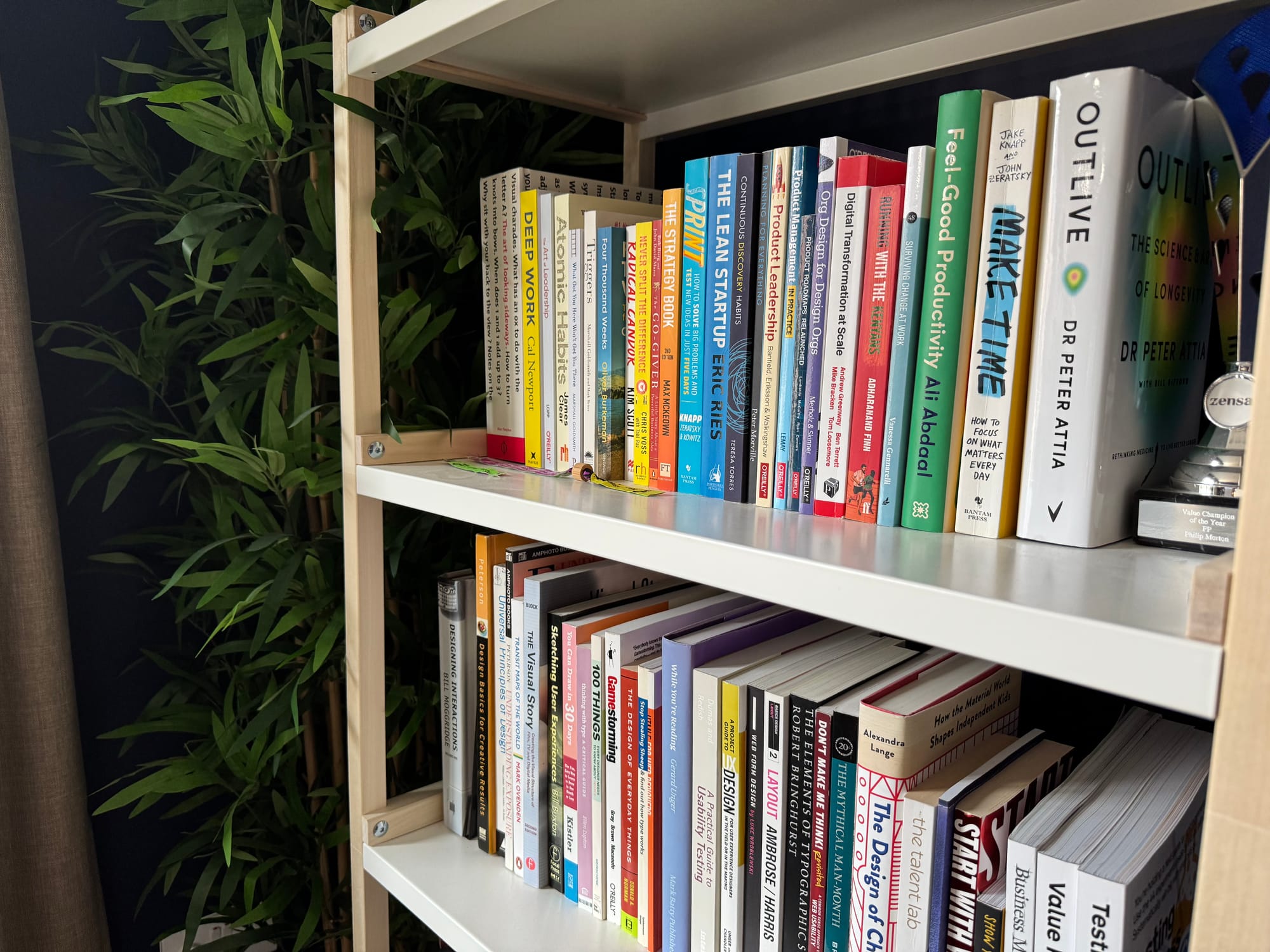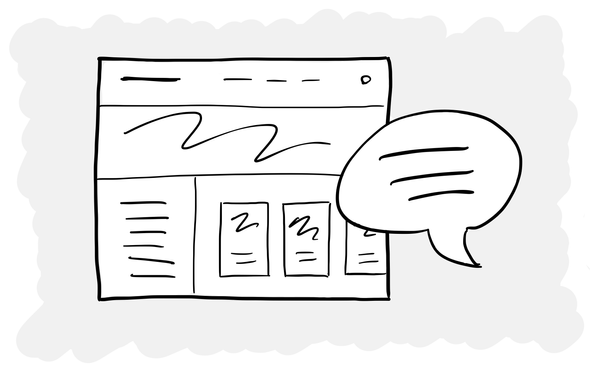You should probably be doing more research with couples

The vast majority of qual UX research is one-to-one.
But in reality, many products and services aren’t bought or used by just one person: it’s a couple making the decision.
Just consider the data:
- 71% of holiday bookings are made by couple or families
- Partner influence is the biggest factor in car purchases
- More than three-quarters of couples share passwords
- 63% of first-time buyer mortgages are joint
- 61% of couples have a joint bank account
- 40% of life insurance policies are joint
We do so much one-to-one research because it’s familiar, easy to recruit for, and all of the tooling is set up to support it.
But if we’re only doing research with one person, we’re often missing half the story.
What it looks like in practice
A few years ago, we worked with a UK mortgage provider that was launching two novel products. Our job was to redesign their website to ensure people could easily understand these new offerings, especially since most mortgages are taken out jointly.
So we conducted one-to-two research:
- We started the interview with both people in the room.
- One of them explored the prototype while the other waited outside.
- We brought them back together and the person who had been using the prototype had to explain how the mortgage worked to their partner.
We quickly saw that even when one person ‘understood’ the mortgage, they struggled to explain it clearly to their partner. Seeing the back-and-forth between partners revealed gaps and misunderstandings that wouldn’t have surfaced in a one-on-one interview.
Tips for research with couples
If you’re interested in trying this out, here are a few things to bear in mind:
- You’ll likely need more time. Consider 60-90 min interviews.
- Do the research in person, if you can. You can make it work remotely, but you might not be able to see both people on camera unless they are sat very closely together.
- Create a clear structure for the session. Don’t just run it like a normal qual interview that happens to have two participants in it. Like the case study above, use it to run the session in a different way to the standard one-to-one session.
- Encourage discussion between the couple. Don’t just ask questions to each in turn; you want to see how they interact with each other. How do they explain things to each other? How do they decide what to do?
- Don’t let one person dominate the conversation. Even though one person might lead on researching a purchase or using a product, you still want to hear from their partner if they are involved in decision-making.
- Share video highlights. Because it’s an unusual type of research, this is a perfect opportunity to engage your stakeholders by showing them how people are really buying or using your product/service.
Few researchers seem to use one-to-two research, but it’s something more people should have in their toolbox. It’s more work to set up, but hardly anyone else is doing it, so you’ll uncover insights that your competitors won’t.
Have you tried this before? Let me know by hitting reply or on LinkedIn.





